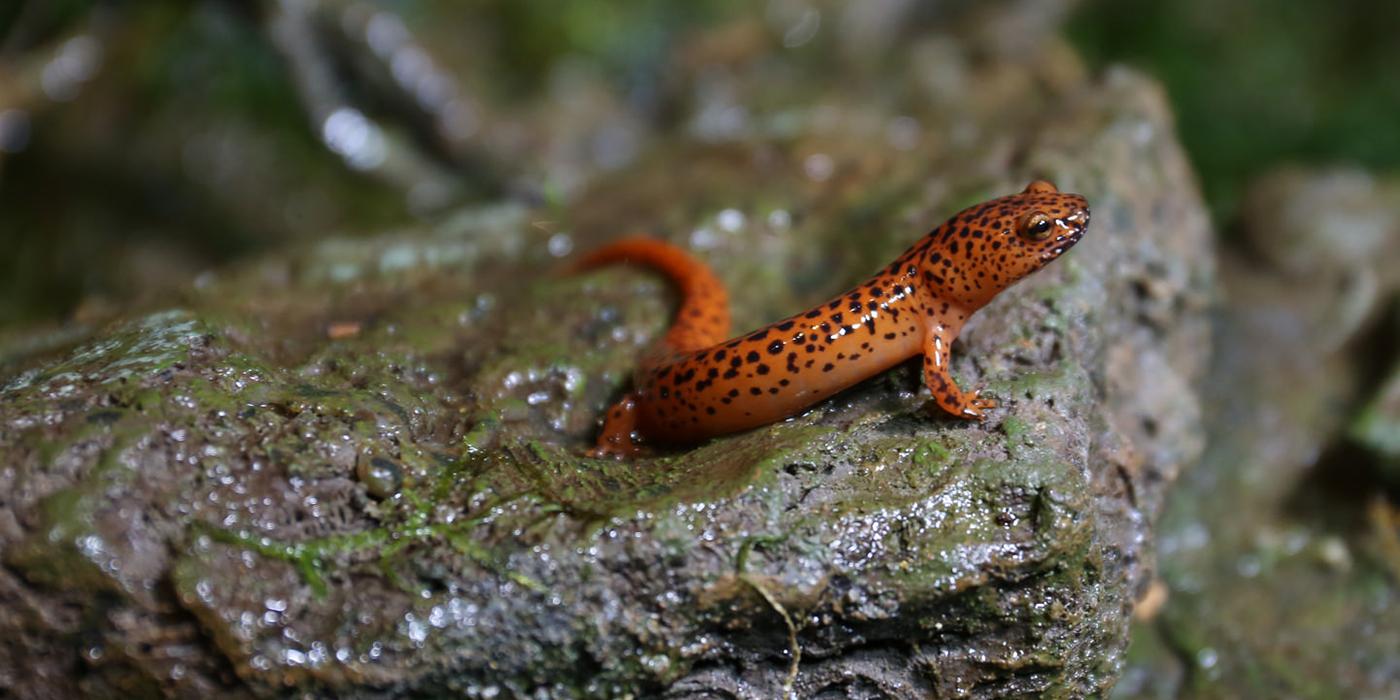Emerging Diseases in Salamanders
Scientists at the Smithsonian Conservation Biology Institute’s Center for Species Survival are working on a citizen science project with the Amphibian Survival Alliance and George Mason University to provide free swabs and testing for salamander pet owners to screen their animals for several deadly diseases that are spread through the international pet trade.
The international pet trade can unintentionally spread diseases that can have devastating effects on native wildlife populations, and even on human health. The deadly frog-killing fungus chytrid has had devastating effects on wild frog populations globally, causing disappearances of species throughout Australia, North America, Latin America and the Caribbean.
A newly discovered salamander-killing fungus (Bsal) has recently been discovered in Europe and has spread rapidly across the continent, where salamanders do not have any resistance to the disease. Each year the United States legally imports 150,000 salamanders as part of the pet trade, and about 98 percent of these are potential carriers of this deadly fungus.
While no salamander-killing fungus has been detected in the wild in the United States, little work has been done to systematically screen the pet salamander population for the disease. Screening pets helps identify regions of the country where wild populations should be surveyed, as well as inform U.S. Fish and Wildlife Service officials seeking to prevent the disease from escaping into the wild.












